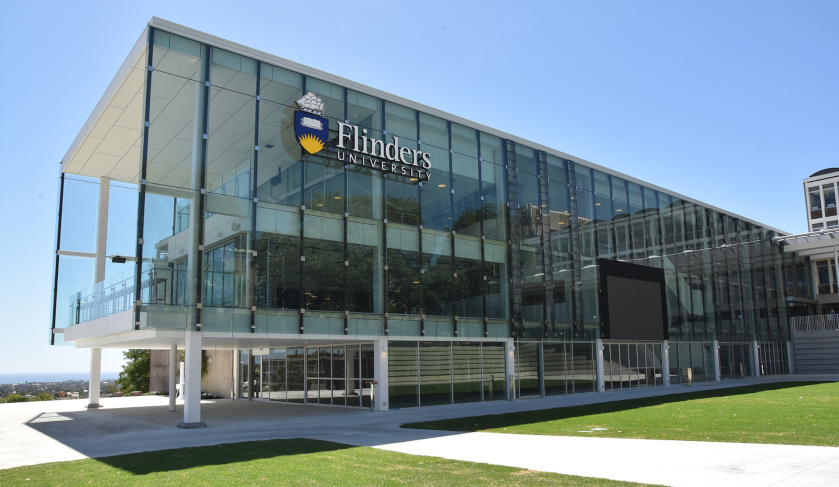Specialists at Flinders University and the US Air Force are looking to unlock the mysteries of insect neuroscience, which could help aircraft operators react quicker to threats in cluttered and contested airspace.
To continue reading the rest of this article, please log in.
Create free account to get unlimited news articles and more!
In conjunction with the University of Minnesota and Cambridge University, and funded by the US Air Force Office of Scientific Research (AFOSR), researchers from Flinders University are attempting to mimic the response time in predatory and non-predatory insects in their natural environment, which are unparalleled in even the most advanced human technology.
By examining flying insects such as robberflies, dragonflies, hoverflies and bees, the study hopes to unlock the mystery of how these animals react to visual and other sensory cues, despite their descending nerves being similar to humans and only being able to channel a few hundred neurones at any time.
"Humans are quite poor at responding to small stimuli in a busy or cluttered field of vision, such as catching a ball while running in a forest," says associate professor Karin Nordström from the Neuroscience Centre at Flinders University.
"So how can flies see each other in similar environments? Clearly, there is something in their evolution that still enables incredibly fast responses in their behaviour when their brain registers a trigger (such as pollen, a potential mate or a yummy meal)."
The study is also being funded by an Australian Research Council Discovery Grant, and is also looking at how the insect's neurones dictate behaviour.
"This latest study is also fascinating because the tiny robberfly and larger (bee-size) hoverfly have very different evolutionary coding but very similar descending nerve cords, so we are now working on understanding the common blueprint for target detection," Nordström said.
"Indeed, animal brains can be seen as biological computing machines, and many current machine learning tools, including deep neural networks, are heavily inspired by neuroscience using a similar architecture with many layers of non-linear interactions."
The research findings will assist in the future with more efficient modes of air travel, as well as informing future technologies like driver-less cars.
The paper, ‘Integration of Small- and Wide-Field Visual Features in Target-Selective Descending Neurons of both Predatory and Non-Predatory Dipterans’ 2018 by Sarah Nicholas, Jack Supple, Richard Leibbrandt, Paloma T Gonzalez-Bellido and Karin Nordström has been published in the Journal of Neuroscience.
The AFOSR supports the US Air Force goals of control and maximum utilisation of air, space and cyber space by investing in research efforts in relevant scientific areas. The AFOSR distributes its program investment through 1,200 grants at over 200 institutions worldwide, as well as providing 100 industry-based contracts and more than 250 internal research efforts.
The Australian Research Council is the primary source of advice to the federal government for investment into national research. The Discovery Projects scheme aims to:

 Login
Login







